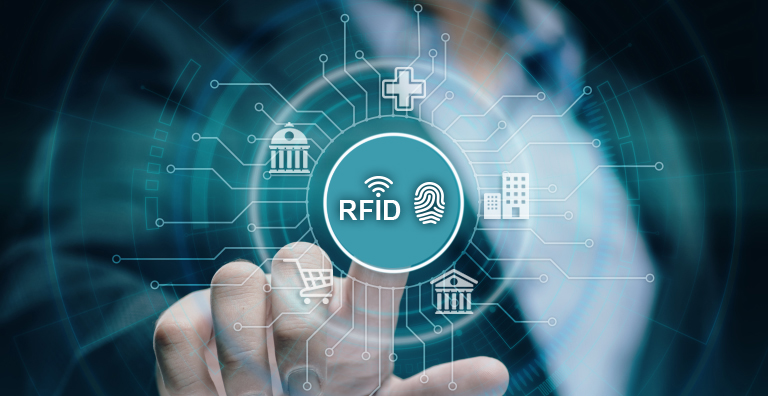The Evolution of Authentication
Whether we are aware of it or not, we all spend a significant amount of time and energy each day verifying our identity and rights to access places and experiences in the physical and digital world. When we put a key into a car’s ignition, that key indicates that we either own or have been granted access to that car. When we use a credit card or mobile phone to pay for a cup of coffee, that payment method is verifying that money will be removed from our bank account. When we type a password into a website or swipe our employee badge to enter a building, it is a way of saying, “Yes, it’s really me,” so that we can get busy working or playing.
Ideally, we are able to move on from verifying our identity and right to accessing that service or location without a second thought. When there is a snag — a forgotten password, a misplaced key, poorly functioning technology — our day is interrupted. At an individual level, this can be a minor annoyance. At an enterprise level, this can mean a major financial expense, frustrated customers and unproductive employees.
One Trusted Identity for Unlocking Physical and Logical Spaces
The route to simple, secure user authentication begins with establishing a “trusted identity.”
For organizations that need to accurately authenticate people, reduce fraud and protect their most sensitive data, HID Extended Access Technologies offers biometric, contactless and mobile access solutions to secure physical and digital lives. Instead of being required to manage and carry multiple forms of identity to access various systems, a single credential can become a trusted identity, reused over and over for frictionless access to a wide spectrum of platforms and services.
This trusted identity can exist as multiple form factors — like a card, smart phone, fingerprint or wearable device — in the same way that a reader (used to verify that identity) can be embedded into or associated with nearly limitless systems or interfaces.
As more and more companies offer flexible work schedules, consolidate and modernize their office spaces, and strive to meet demands for better user experiences, implementing seamless and stress-free user authentication is critical.
Smart organizations are using trusted identities in systems like:
For more information on using trusted identities to access multiple business systems, read our white paper, How to Connect Business Systems: A Breakdown of the First 5 Critical Steps.
